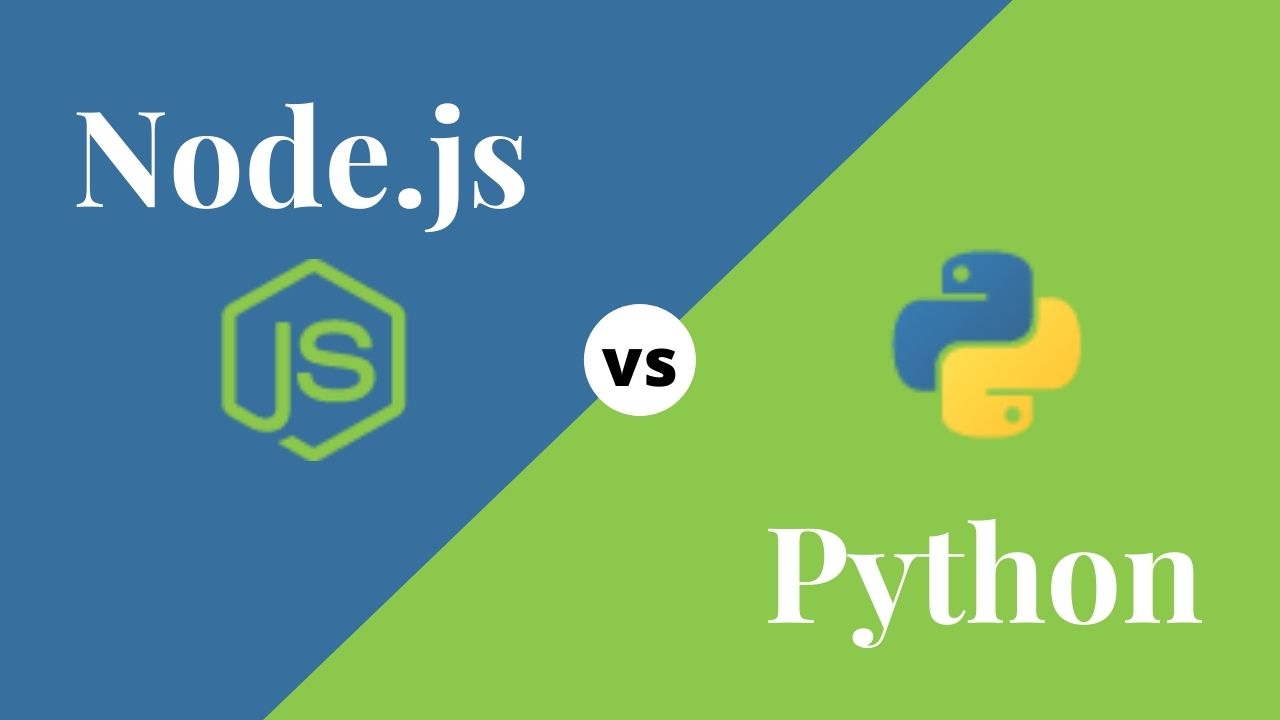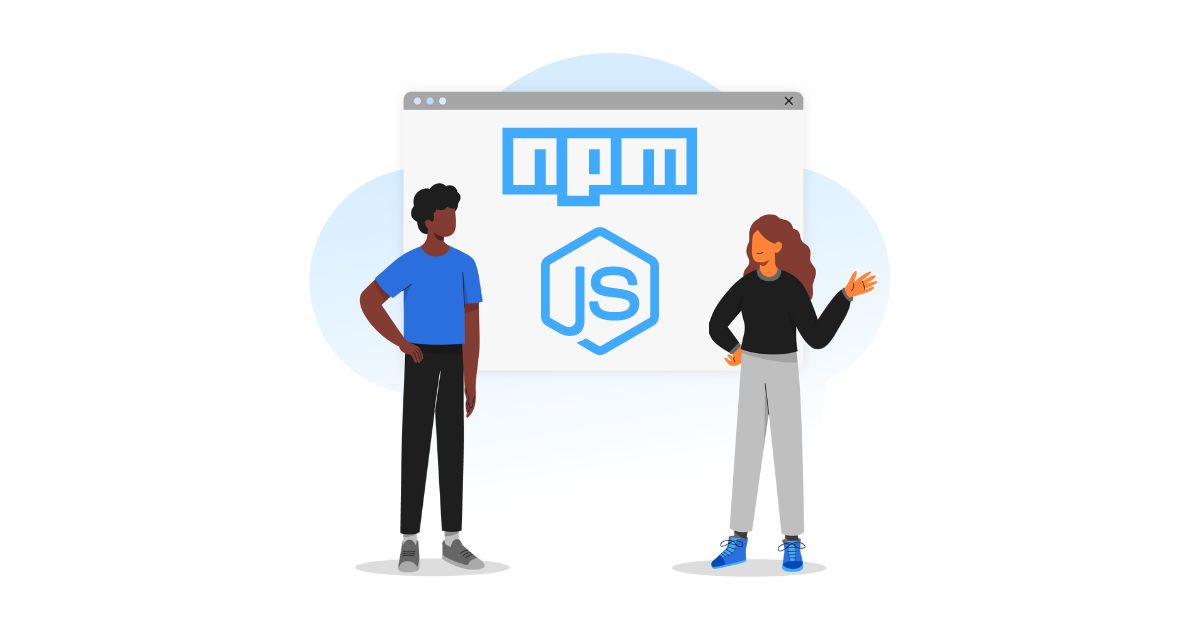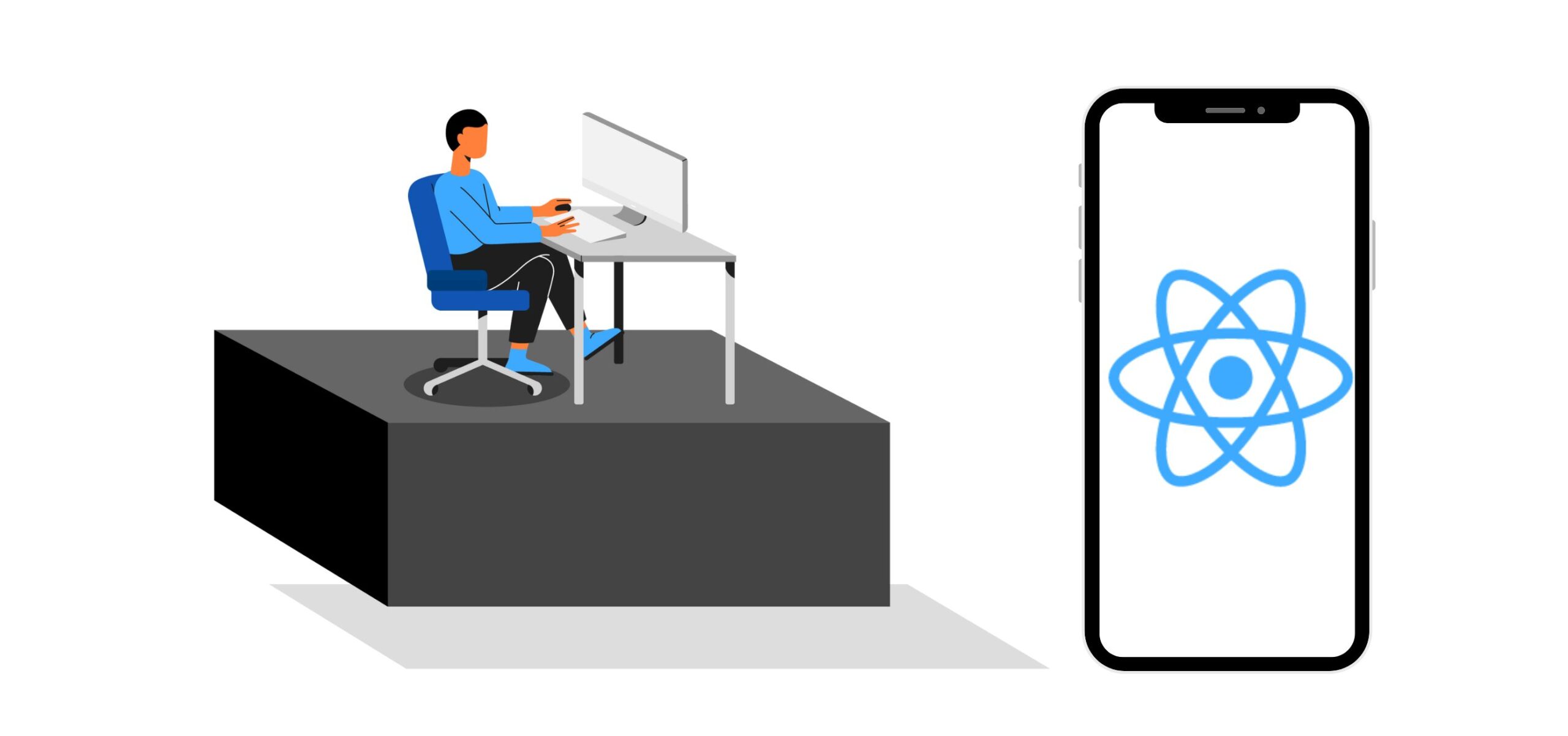Node.JS vs. Python: What Should You Choose?
The server-side or backend of an application is the core foundation of any project. It is this foundation that supports the client-side, user-facing elements of a web application. And thus, picking the right backend technology can be a gamechanger when building high-performance applications. This post compares two of the most sought-after backend technologies, Node.js vs Python, to help you make an informed decision while picking one for your project.
Let’s get started!
What is Node.JS?
Node.js is an open-source, JavaScript runtime environment that runs on Chrome’s V8 engine and executes code outside the client’s web browser.
It is a cross-platform and asynchronous event-driven environment designed to build fast and scalable network applications. Node JS developers make optimal use of this technology for server-side programming and performing non-blocking I/O operations.
What is Python?
Python is an interpreted, high-level, general-purpose programming language with dynamic semantics. It is widely used for backend development and follows an object-oriented approach.
Features like dynamic binding, built-in data structures, dynamic typing, etc., make Python a perfect choice for RAD (Rapid Application Development). It is also used as a scripting or glue language to connect the existing components.
Python developers are responsible for building the backend of the web, mobile, and desktop applications.
Node.JS vs Python: Comparing the pros, cons, and use cases
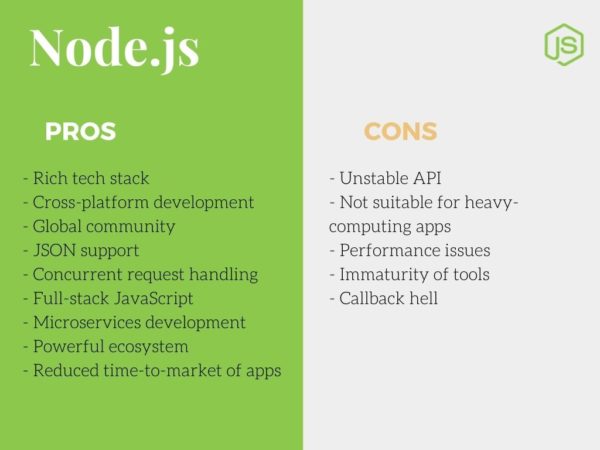
Node.js Pros and Cons
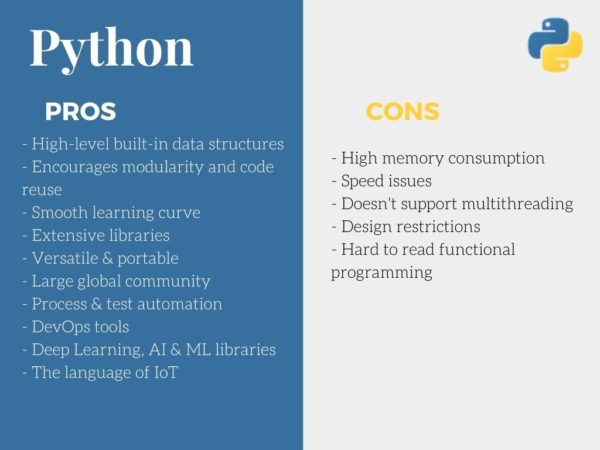
Python Pros and Cons
Top five Node.JS use cases
-
Netflix and Trello use Node.js to build single-page web applications.
-
LinkedIn uses Node.js due to its performance efficiency and scalability.
-
PayPal prefers Node.js as it provides faster development, improves the average response time, and reduces the lines of code significantly.
-
Uber relies on Node.js for building its matching systems as it provides faster deployment and processes enormous amounts of data efficiently, thus meeting Uber’s business requirements.
-
eBay uses Node.js as it offers speed, streamlined development, and automation while handling I/O bound operations.
Top five Python use cases
-
Instagram uses Python for developing its backend and scaling service infrastructure.
-
Google relies on Python as it offers simplicity, speed, and ease of deployment.
-
Spotify uses Python for performing data analysis, building backend services, and speeding up the development process.
-
Quora prefers Python due to its readability, ease of writing code, and availability of many frameworks such as Pylons, Django, etc.
-
Industrial Light and Magic (ILM) opt for Python as it offers easy interoperability with C++ and C and helps in building efficient production pipelines & extending existing applications.
Node.JS vs Python: Which one’s the best for your project?
Understanding the functional requirements is one of the most critical factors that determine the success of your project.
Once those are clear, you can use these criteria to decide which backend technology fits your project best:
-
Learning curve and syntax
The syntax of Python is pretty straightforward. It requires fewer lines of code, making the code easy to debug and understand.
Any developer with a strong technical background can quickly start working with Python. Node.js syntax is identical to JavaScript, and developers with previous experience in JavaScript often find it easy to understand Node.js. -
Architecture
Node.js is an event-driven runtime environment with the ability to perform non-blocking I/O operations. It can process thousands of concurrent requests without incurring thread context switching.
These features make Node.js the best pick for real-time web apps like chatbots and gaming applications. On the other hand, Python has an architecture that’s synchronous and, therefore, is slow in performance and speed.
But, for parallel processing and event-driven projects in Python, developers can use libraries like Ayncio and modules like CPython, respectively. -
Libraries
Pip is the default package handler for Python libraries and packages. Python has over 220K packages for various categories, including data science, image processing, calculations, etc.
Node JS libraries and packages are handled by Node Package Manager or npm, with over 1.3 million well-documented and easy-to-use packages. -
Speed and performance
Node.js executes the code outside the client’s browser, and it also provides a non-blocking architecture, hence offering high speed and performance. In addition, Node.js enables caching fetched data which makes the apps responsive, reducing load time.
In comparison to Node.js, Python is slower as it does not support multithreading. Therefore, Python won’t be a good choice if your project often needs to recall data from the web servers. -
Scalability
Python lags in scalability as it does not support multithreading and uses GIL (Global Interpreter Lock (GIL). Python is also an interpreted language, which makes it a slow programming language.
Node.js offers high scalability as it supports multithreading and comes with a cluster module that can handle the full processing power of the machine. With Node.js, developers can scale their apps vertically and horizontally by adding more resources and new nodes to the system, respectively. -
Error handing
It is essential to have a robust error handling system to offer your customers a better user experience and write clean and reusable code.
Python is better in error handling due to its clean, readable code and compact syntax. As a result, it takes less amount of time to troubleshoot and fix errors.
Node.js can debug errors, but it becomes difficult to do so when multiple requests are processed concurrently to achieve high performance with multithreading. -
Extensibility
It’s easy to extend both Python and Node.js. Developers can use Python frameworks such as Robot, CherryPy, Django, Flask, etc., and APIs to extend the language’s features and capabilities.
The functionalities of Node.js can be extended using its built-in APIs, frameworks such as Meteor, Hapi, Fastify, etc., testing frameworks such as Jasmine, and more. -
Community
When it comes to finding peer support and online resources, Python and Node.js have large and active communities.
Their community forums offer excellent opportunities to collaborate with developers from across the globe with different levels of experience and expertise. Skilled developers worldwide are free to contribute to Node.js and Python, including their packages.
Node.JS is suitable for projects like:
-
Messengers and chatbots
-
Complex single-page apps (SPA)
-
IoT implementations
-
Collaboration tools and systems
-
Data streaming applications
-
Microservices architecture
-
Online eCommerce and gaming platforms
Node.JS is not suitable for projects like:
-
Apps that require heavy computations
-
CRUD or HTML applications
-
Backend apps with relational databases
-
Multi-threaded programming projects
Python is suitable for projects like:
-
Progressive web applications (PWAs)
-
IoT projects
-
Data visualization & image processing
-
AI/ML and Neural Networks
-
Voice and facial recognition
-
Startups, Fintechs, Finance
-
Data Science and Engineering
Python is not suitable for projects like:
-
Mobile app development (Not supported by iOS and Android)
-
Game development (High memory consumption)
-
Projects that require interaction with complex legacy data
Node.JS vs Python: Conclusion
Choosing between Node.js and Python can be overwhelming, especially when developing a full-flagged product instead of a side project. However, both these languages have their own set of advantages and disadvantages.
And thus, the goal of the project and the developer’s competence are the two most essential factors that you should consider when deciding on a technology for the development process.
Turing is a deep jobs platform that allows companies to source skilled and experienced engineers planet-wide.
You’ll have access to a talent pool of the top 1% of 1M talented and experienced developers with strong technical and communication skills who can work according to your requirements.
Additionally, Turing’s tried-and-tested vetting process evaluates developers to a Silicon Valley standard allowing you to have your pick of qualified software developers without sucking up all of your engineering team’s time.
Tell us the skills you need and we'll find the best developer for you in days, not weeks.
